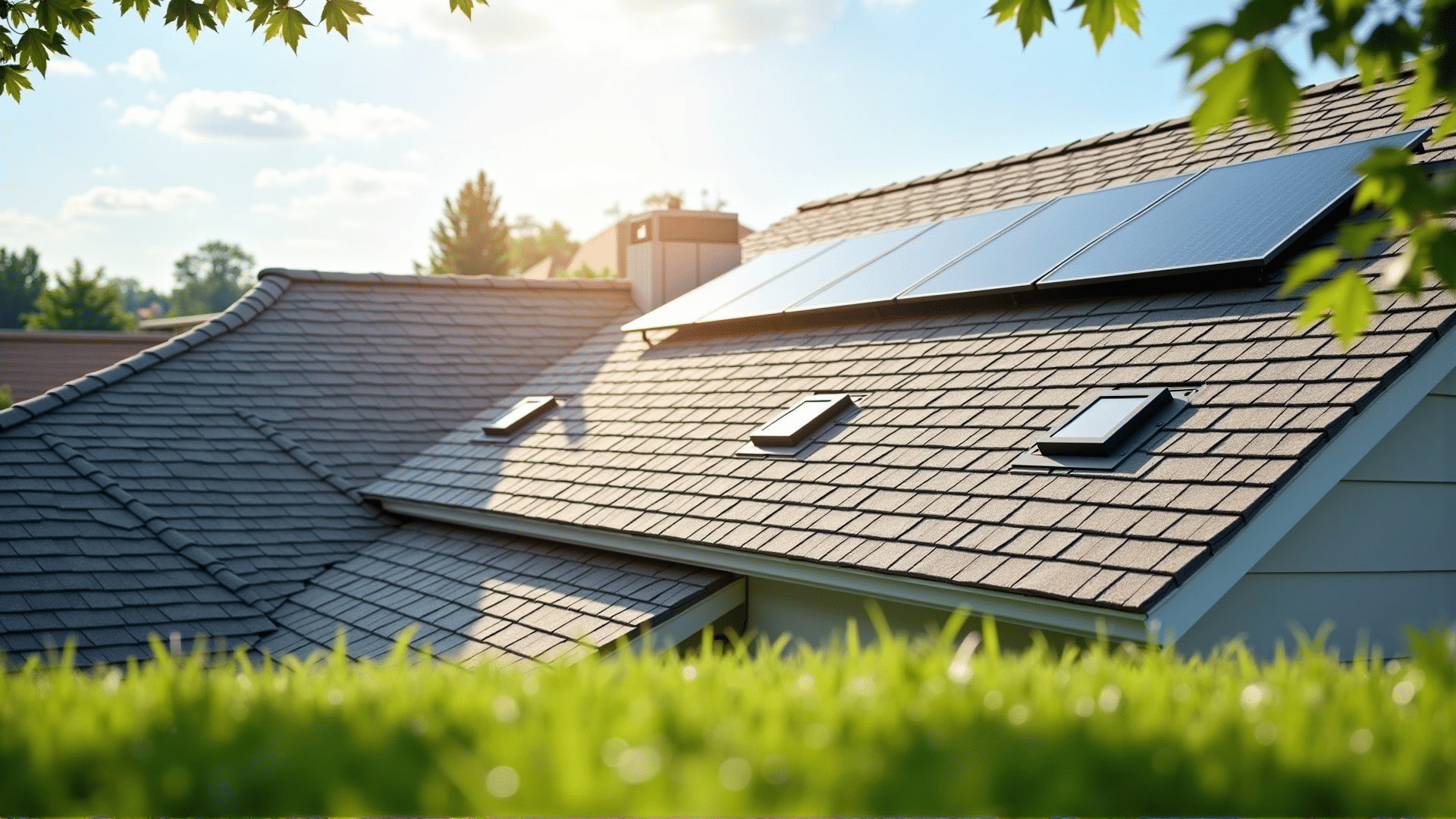As homeowners continue to seek ways to minimize energy consumption and reduce utility bills, attention has increasingly turned to one of the most essential elements of their homes: the roof. An energy-efficient roof not only lowers energy costs but also enhances the overall comfort of a home, making it a worthwhile investment for those seeking sustainable living solutions.
At the forefront of energy-efficient roofing are advanced insulation and ventilation solutions that are designed to maintain optimal indoor temperatures regardless of the season. Effective insulation acts as a barrier, preventing heat from escaping during the winter months and keeping it at bay in the summer. By maintaining a steady indoor climate, homeowners can significantly decrease their dependency on heating and cooling systems, which in turn reduces energy consumption.
One of the most innovative insulation materials currently available is spray foam, known for its excellent thermal resistance and air-sealing capabilities. Unlike traditional insulation options, spray foam expands on application, filling in gaps and crevices that might otherwise allow air and moisture to enter or escape. This creates a seamless envelope that dramatically enhances a building's energy efficiency.
Coupled with top-notch insulation, proper roof ventilation is crucial for maximizing energy efficiency. Roof ventilation works by facilitating a continuous flow of air through the attic, which helps to expel excess heat in the summer and moisture in the winter. This not only preserves the life of roofing materials by preventing rot and mold but also maintains a balanced temperature in the attic space, further reducing the load on heating and cooling systems.
In addition to insulation and ventilation, homeowners are also turning to reflective roofing materials, which act as another layer of energy efficiency. These materials are designed to reflect more sunlight and absorb less heat than a traditional roof, keeping the home cooler during periods of intense sunshine. Options such as reflective shingles and metal roofing coated with special pigments can significantly reduce the heat island effect, making them both energy-efficient and environmentally friendly.
Moreover, the color and type of roofing material can also impact energy performance. Light-colored roofs naturally reflect more sunlight than darker hues, reducing the amount of heat transferred into the house. Meanwhile, cool roofs, which are specifically engineered to reflect solar energy, have become popular options for those living in warmer climates.
Beyond material choices, strategic roof design can also enhance energy efficiency. Green roofs, for instance, offer natural insulation and reduce heat absorption by incorporating vegetation into the roofing structure. These eco-friendly roofs improve not only airflow and insulation but also contribute to biodiversity and stormwater management, offering a holistic approach to sustainable roofing.
Investing in energy-efficient roofing solutions provides long-term benefits. Homeowners can expect reduced energy bills, decreased carbon footprints, and enhanced indoor comfort. Moreover, with a growing emphasis on environmental responsibility and financial savviness, upgrading your roofing system with energy-saving measures can also significantly increase property value.
Ultimately, choosing energy-efficient roofing is about more than just saving money on utility bills; it’s about making a conscious decision to contribute to a more sustainable future. By leveraging cutting-edge insulation, ventilation, and reflective materials, homeowners can transform their roofs into powerful allies in the fight against energy waste, ensuring comfort and efficiency are maintained all year round.
